Forever the poor relation in terms of value and volume, speciality tea is now bucking the downward trend in the tea market.
So much so, in fact, that sales of some variants, like green tea, are outpacing more conventional offerings by a considerable rate in growth terms.
The figures speak for themselves with the speciality, or premium, market growing by 5.9% in value and 3.1% in volume to £83.72m in the year to June 15, according to ACNielsen.
Sales of green tea, which holds a 7.8% share of the total tea market, increased by a massive 34.5% in volume and by 22.7% in value, boosted by extensive press coverage and the continuing demand for healthier products. "Green tea has gone from virtually zero to a position where the best part of two million households are purchasing," says Adrian Adams, Unilever Bestfoods' category manager for Tchaé¬ the leading green tea brand with a 23.4% volume share.
Jacksons of Piccadilly, the first brand to launch a green tea range, remains a key player with a 21.2% share of the green market closely followed by Twinings which claims a 20% share.
It has been a good year for Twinings which increased its total value share in the premium tea market by 5.6% to 35%. But the infusions sector, which is now worth nearly £24m in the UK, has been this year's biggest success story for the company. Its Fruit and Herbal Infusions grew 28.4% taking its overall market share to an impressive 65%. Twinings' Infusions comprise 19 products with peppermint and camomile dominating the top positions.
"The popularity of infusions has grown hand in hand with the huge surge in awareness of alternative therapy as consumers have become more health conscious," says Twinings' Elizabeth Edwards.
The premium market has also seen many new lines in recent years targeting younger consumers with more mood driven and image conscious teas. "These days people not only want tea but extra benefits and, as such, the category is moving to a more functional market," says Caroline Pourille, brand manager for Jacksons.
As the first of the big players to attack this sector, in May Tetley launched Tea:therapy, designed to bridge the gap between mainstream and fruit and herbal teas. It makes a "normal cuppa" but has the added taste of herbs and is available in most major supermarkets.
Meanwhile, the increasing focus on health and a growing number of people sensitive to caffeine has led to decaffeinated tea being another big area of growth within the market with volume sales up 12% year on year(ACNielsen to April 20).
But, even though the premium tea market has experienced a good year, manufacturers are not resting on their laurels. "There is no room to be complacent," says Edwards. "If issues such as attracting lapsed users and encouraging new users are not addressed then the total tea industry will experience further decline."
And that, if not refreshing, is at least a sobering thought.
{{FOCUS ON }}
So much so, in fact, that sales of some variants, like green tea, are outpacing more conventional offerings by a considerable rate in growth terms.
The figures speak for themselves with the speciality, or premium, market growing by 5.9% in value and 3.1% in volume to £83.72m in the year to June 15, according to ACNielsen.
Sales of green tea, which holds a 7.8% share of the total tea market, increased by a massive 34.5% in volume and by 22.7% in value, boosted by extensive press coverage and the continuing demand for healthier products. "Green tea has gone from virtually zero to a position where the best part of two million households are purchasing," says Adrian Adams, Unilever Bestfoods' category manager for Tchaé¬ the leading green tea brand with a 23.4% volume share.
Jacksons of Piccadilly, the first brand to launch a green tea range, remains a key player with a 21.2% share of the green market closely followed by Twinings which claims a 20% share.
It has been a good year for Twinings which increased its total value share in the premium tea market by 5.6% to 35%. But the infusions sector, which is now worth nearly £24m in the UK, has been this year's biggest success story for the company. Its Fruit and Herbal Infusions grew 28.4% taking its overall market share to an impressive 65%. Twinings' Infusions comprise 19 products with peppermint and camomile dominating the top positions.
"The popularity of infusions has grown hand in hand with the huge surge in awareness of alternative therapy as consumers have become more health conscious," says Twinings' Elizabeth Edwards.
The premium market has also seen many new lines in recent years targeting younger consumers with more mood driven and image conscious teas. "These days people not only want tea but extra benefits and, as such, the category is moving to a more functional market," says Caroline Pourille, brand manager for Jacksons.
As the first of the big players to attack this sector, in May Tetley launched Tea:therapy, designed to bridge the gap between mainstream and fruit and herbal teas. It makes a "normal cuppa" but has the added taste of herbs and is available in most major supermarkets.
Meanwhile, the increasing focus on health and a growing number of people sensitive to caffeine has led to decaffeinated tea being another big area of growth within the market with volume sales up 12% year on year(ACNielsen to April 20).
But, even though the premium tea market has experienced a good year, manufacturers are not resting on their laurels. "There is no room to be complacent," says Edwards. "If issues such as attracting lapsed users and encouraging new users are not addressed then the total tea industry will experience further decline."
And that, if not refreshing, is at least a sobering thought.
{{FOCUS ON }}


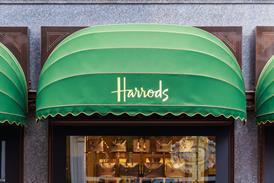

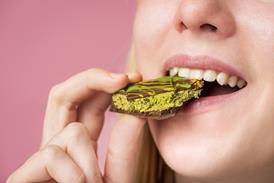


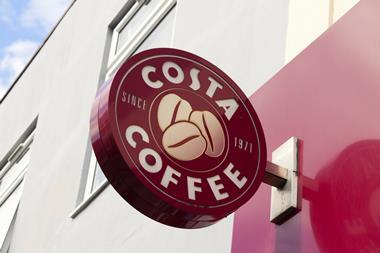


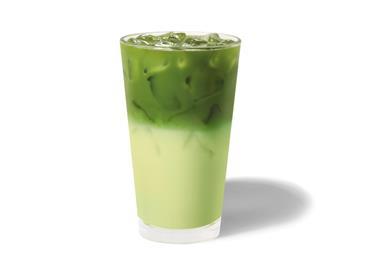
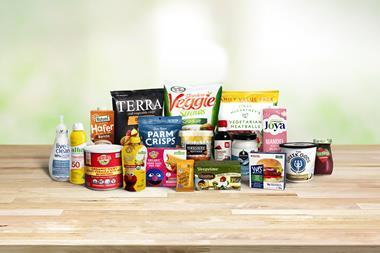
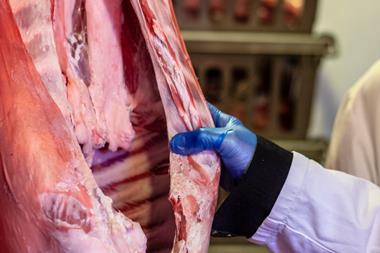

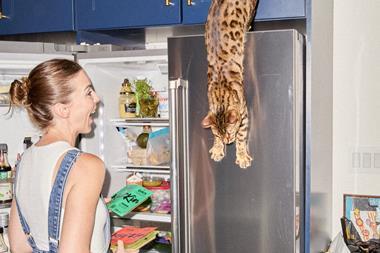

No comments yet